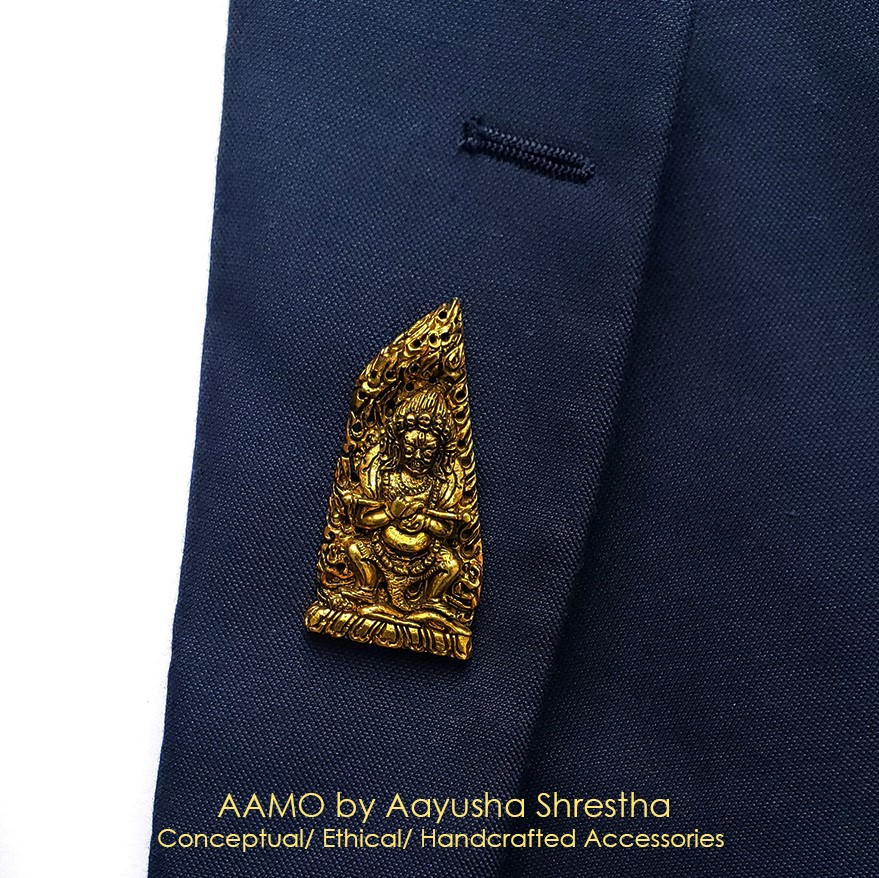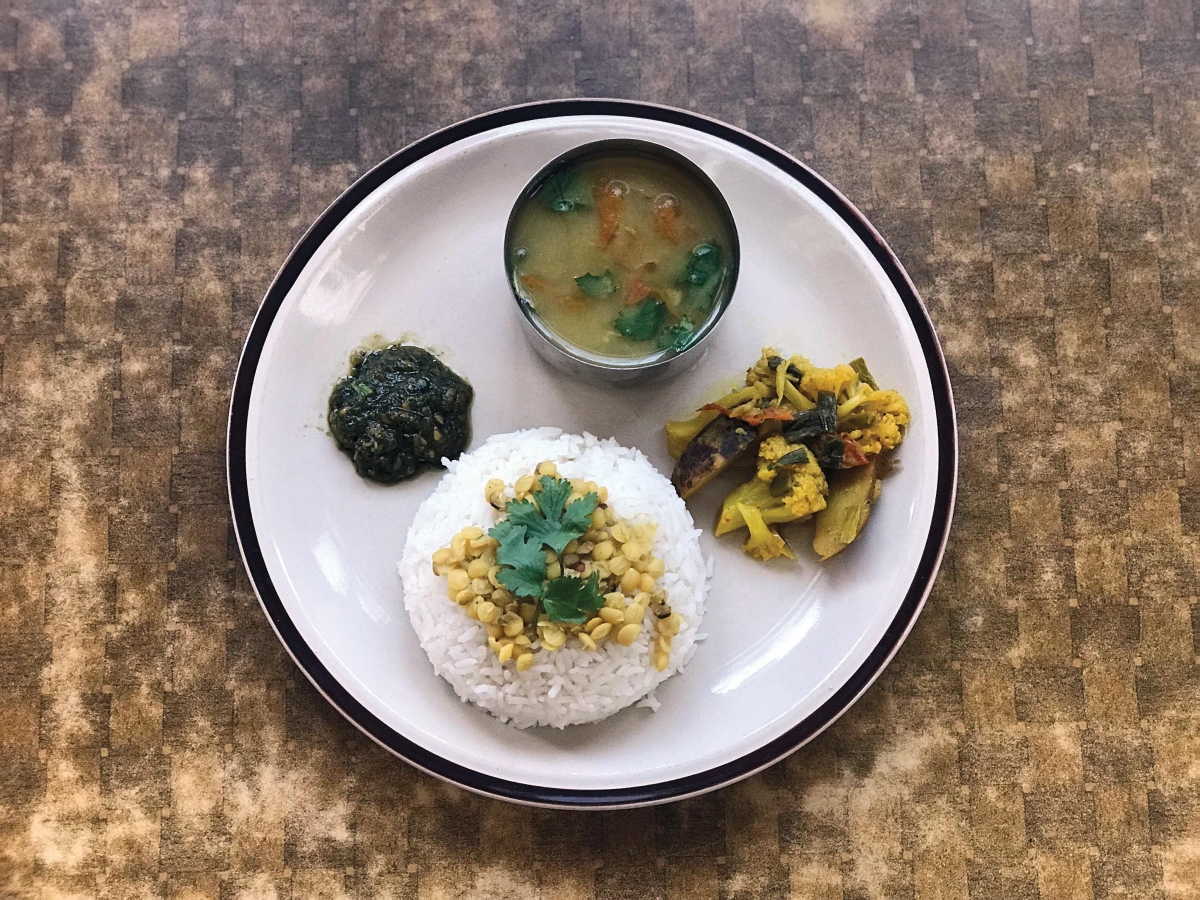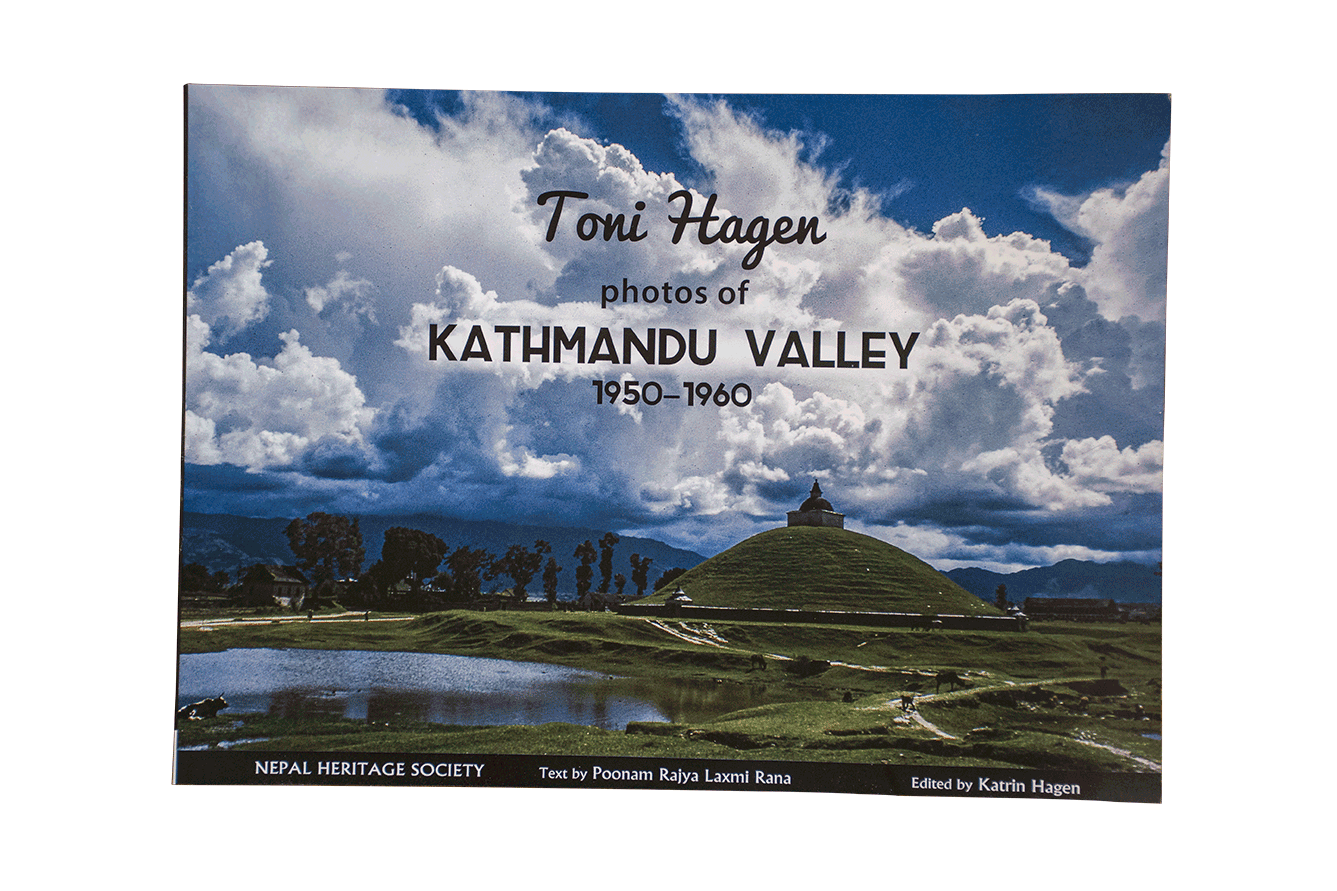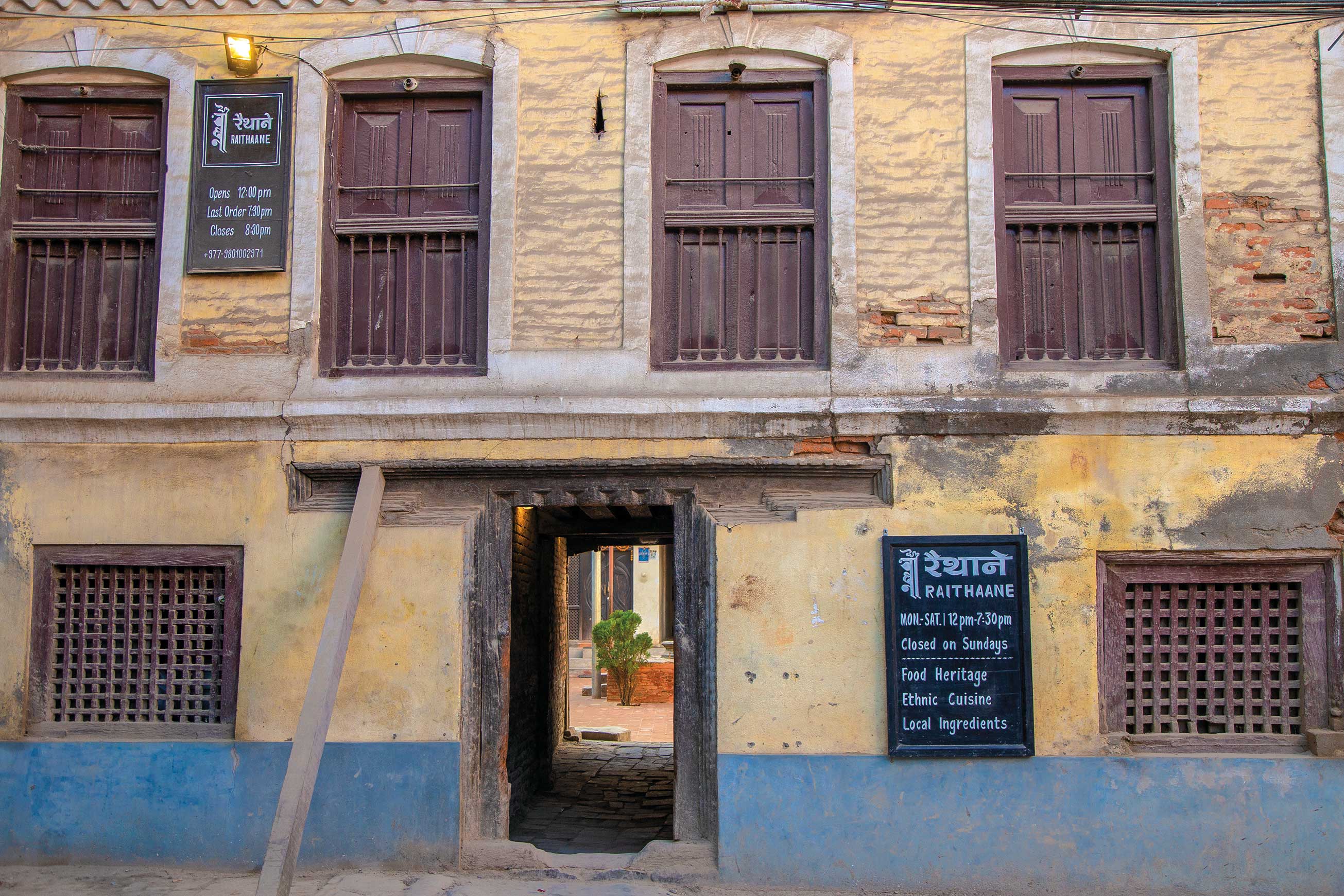
Travel: Before we lose our Shangrilas
For the last 22 years I have been leading treks in not-so-far-away regions of Nepal that not only stay away from commercial trekking highways but also reward you with a Nepal that remains unperturbed by modern ways. For those living in Kathmandu, places like Langtang, Helambu, Panch Pokhari and Bhairav kunda, north of the valley, hold immense potential for tourism and trekking. These areas do not see throngs of trekkers (yet).
From basic equipment, simple meals and hard walking in the 60s to state-of-the-art camping kits, balanced meals and professional teams, today Nepal can offer treks for all categories of tourists. This is why every year high-end clients from all over the world come here and keep coming back thereafter. For these time-poor clients, the availability of helicopters shortens longer treks.
With time there are high chances that we will lose some of these amazing trek routes and tourism opportunities here to ‘development’. Lets visit these Shangrilas before all is lost.
-Leading treks from the age of 18, Binod Rai (Director, Trek Leader for Insight Himalaya Treks) has a 22 - year experience of organizing and leading treks in Nepal.
 Architecture: Old is gold
Architecture: Old is gold
The architecture of Kathmandu has transformed from sporadic traditional buildings of sloped tile roofs, wood carvings and brick facades to a concrete jungle of flat roofs, weird looking columns with vase shaped capitals and glass facades. Today Nepal’s urban scape is a mishmash of few traditional buildings and a whole lot of concrete towers and colorful wedding cake buildings. It seems modernism and globalization has finally arrived in Kathmandu. Towering buildings with complete disregard to earthquake vulnerability have mushroomed around Kathmandu and its vicinity. The spread out buildings in a large parcel of land has now led to narrow buildings in a small parcel of land.
Hope however is not lost yet. There are also people who are dedicated to preserving and promoting the traditional architecture of Kathmandu. We can now see the facades of old buildings being renovated in the traditional silhouette of Kathmandu. There is the emergence of modern and sleek interiors but with a traditional exterior. Designing buildings with the contemporary style while still keeping the construction technique and soul of traditional buildings will and should be the future of Nepali architecture.
-Chandani KC is an architect and urban planner currently working as a consultant at the Department of Urban Development and Building Construction. She would love to design cities that are clean, healthy and aesthetically pleasing.
 Handicraft: On our own
Handicraft: On our own
It is a strange world at times when one ponders. The Internet has put more than we need at our disposal and keeps us informed about happenings around the world. In this age of connectivity and rapid information exchange, we learn of trends from the western world faster than any other generation ever did. So at factories smelting singing bowls and drying woolen caps, more than anytime before, one knows what it takes to make it on their own. Youth that are this connected look to change conventional ways and approach newer methods. Rather than setting up craft shops they look to forge personal relations with clients and make sure that their cargo is well packaged and their invoices and packing lists are accurate. Such an efficiency is executed through out their operations. Combining this new work ethic with a rich history of handmade craft, the youth (at least) seem prepared to take on the world.
-Abhishek Mishra is a writer-musician who started working in the Nepali handicraft export business from a young age.
 Food: What is Kathmandu eating?
Food: What is Kathmandu eating?
Kathmandu is eating food from all over. Though daal-bhaat is still the staple combo – momos coming a close second – Nepalis are not ignorant of the international trends in gastronomy.
Food from all over the world is available easily, including exotic ingredients in the supermarkets and corner shops of the capital as well as the bigger towns. A positive developing trend is the rising appetite for healthy eating, i.e. locally-sourced organic fresh produce, not that anyone is waving good-bye to instant noodles just yet!
The rise of exclusively Newari food only restaurants is symbolic of us Nepalis becoming inquisitive and appreciative of our own singularly unique traditions; finally, our curiosity and respect for our own cultural legacy and history is developing. The time has come to establish Nepali food on the international culinary map, though one has to ensure it is not viewed ignorantly purely as a variant of Indian food.
-Kunal Tej Bir Lama is a restaurateur who runs Thamel’s popular Café Mitra.
 Religion: Aunty ji’s kadi
Religion: Aunty ji’s kadi
When I was growing up in Birgunj, I would wake up everyday to the prayer sounds of the town mosque. It was a soothing sound, one that I still associate with my childhood. Renting a flat in our home there was a Punjabi family. A seven year-old me would watch aunty-ji tie up turbans on her sons’ heads as is customary for young sardaars. One day after taking me to the gurudwaara, she used an onion to tie up a faux turban on my head and put a kadi (a metal bangle) on my wrist. She told me that the kadi would always protect me from evil spirits.
-The author is a writer-editor at ECS Media.
Music: Over the years
The 70s in Kathmandu was dominated by western music; at least among the younger generation. This was partly due to the huge influx of hippies who seemed to have invaded the valley. They influenced the way Nepali youth dressed, spoke and what they listened to. The other reason of course is the fact that rock music was what young people all over the world listened to. Back then, Nepali rock hadn’t yet developed and ‘Aadhunik Nepali’ songs, was what one could listen to, besides folk. Until the early 80s, young Nepalis flocked to the City Hall to listen to local rock bands playing covers of The Beatles, Rolling Stones and others. But in the mid-80s, Nepali pop bands like

The Influence began to draw huge crowds playing their own compositions in Nepali. A new era had begun
and soon Nepali rock bands singing in Nepali began to spring up all over the valley. Today, one can listen to Nepali Punk, heavy metal, death metal, rap and what have you.
-Dinesh Rai is a founding member of Prism, a popular rock band from the 70s. He was Editor of ECS NEPAL between 2004 and 2007.
Word on the street
When Barack Obama was reelected as the American president last month, there was bit of a feisty debate on Nepali tweetosphere. These days every issue of note, national and international, are instantly picked up, dissected, and discussed in the 24-7 micro-blogging cycle. From unique political and cultural humor to philosophy in Nepali witticisms and wisecracks and everything in between, the Nepali blogosphere is truly coming of age. Read and followed by ever increasing online readers, the writers and journalists have especially found an important platform to connect with the readers. As Kathmandu changes at a dizzying rate, a group of a small but a solidly passionate group of young writers, artists and poets seem committed to lead an apolitical evolution of some sort. And anyone can feel the buzz – from a sold-out spoken-poetry event to young writers featured on celebrity pages. We just need to make sure that this change isn’t fleeting.
 Farming: Home grown trends
Farming: Home grown trends
There was a time when farming villages in Nepal was often looked at as being backward. Ploughing your own fields to grow produce that would feed the population was something that people wanted to escape. Those notions are slowly changing with not just time but because of the exposure of many Nepalis to how the world is moving ahead.
Today along with tea, Nepali coffee too factors in strongly. There is a strong demand for organic produce in urban centers, where the population is starting to appreciate a responsible culture in all avenues of consumption. All these changing trends are not just good news for us city folk who will get to enjoy fresher produce. It is also a game changer for the country’s unhealthy trade deficit. With 80% of the population still dependent on agriculture, understanding the importance of bridging the gap between producer and consumer can change much more than just how we eat.
Fashion
There has been a crucial shift in Kathmandu’s fashion scene. With the resurrection of the concept that minimal and simple designs qualify as works of art, a gradual departure from the chaos that was the local fashion scene can be observed. In the past one could find designers incorporating every possible element in their work. This extended to entire collections resulting in a notion that our designers lacked ingenuity and vision. The situation however, took a sharp turn with the arrival of designers such as Astik Sherchan, Nuzhat Qazi, Bina Ghale and Tenzin Tsetsen Bhutia in the scene. All of them however polished their designing skills abroad. The presence of homegrown designers in mainstream fashion is next to nil. Several reasons can be pointed out for this, but quality of education inarguably tops the list. Its high time for local fashion schools to revisit and rethink their vision and education system.
-Sumina Rai Karki is a fashion critic.
Science and Technology: A turning point
Science and technology (S&T) received a big boost when the Prime Minister of Nepal, Dr. Babu Ram Bhattarai invited a few select scientists representing different fields to the PM residence a few months ago. This was the first instance a Nepali PM had recognized the importance of the field for the country and was taking advice for the future.
This may represent a turning point for the sector in Nepal, since to this day, S&T is still largely neglected in Nepal. While neighbours India and China are making leaps and bounds, we are yet to comprehensively use this knowledge for the diverse possibilities it has to offer. Biotechnology, one of the key areas of S&T brings billion dollar revenues to these countries. We should now start thinking of utilizing existing human resources and infrastructure towards this goal. This is probably the best opportunity we will have for the immediate future.
-Sameer Mani Dixit is a genetic research scientist at Center for Molecular Dynamics – Nepal, which he co-founded. Dixit also co-produced this year’s critically acclaimed Nepali film ‘Highway’.
 Art: Young blood brings new energy
Art: Young blood brings new energy
The youth of Nepal are inquisitive and enthusiastic; they are ready to take risks and push boundaries. No surprise then that the Nepali art world has seen flocks of young artists vibrant with the right attitude to bring positive changes in art. Lack of gallery space doesn’t bother them anymore nor are they worried about not being patronized by the state or others. Various experimentations in art have taken place in Nepal lately and the coming years should take a new exciting direction in art. Collaborative and public art projects will be some of the major catch-phrases for the next few years. Many artists will also want to experiment with paintings but with stronger content and an experimental attitude. I am confident that the next generation of artists will play a major role in bringing art back to the public domain, making it possible for every commoner to appreciate art and live with it.
As a career prospect, the growing needs of creative and artistic input in various sectors have opened up a multitude of areas where artists, designers and creative resources are urgently required. This urgency has confirmed that this field offers not only a flight of passion but also a possibly lucrative career. The various updated applied courses in art will soon be in high demand in the near future as more youngsters will embrace art.
-Sujan Chitrakar is an artist and Academic Program Coordinator for Center for Art and Design, School of Arts, Kathmandu University.
Fitness: The New Fitness Buzz of Kathmandu
Health and fitness is the new craze in Kathmandu and fitness centres are flourishing rapidly. Nowadays people are becoming more conscious about the way they look and their health and this positive attitude towards staying fit and healthy makes them feel good and look good! The West has always been ahead in the fitness scene but Nepal is slowly catching up. During the last 18 months, more gyms and fitness centres have opened offering classes from kick boxing, Bollywood dance, pilates to zumba and aerobics. The well attended classes amongst all age groups are mostly cardio workouts focusing on dance choreography and high impact movement to burn calories and to get fit. Women usually enjoy participating in a group class where they can follow an instructor where as men prefer to work out in the gym using machines and weights. Gyms and fitness centres offers a space to exercise freely and socialize. We should look forward to a country that not just looks good but is also healthy. The effects of such a trend are far-reaching, and healthy.
Theater: A bright future
Having grown up in a family inclined to theatre, I have been a close observant of the world theatre culture and the rich history of Nepali theatre. From the Malla era where theatre was the only leading performing art form in the country to the present scenario where theatre has had to endure strong competition with films and TV, it is a sheer delight to observe theatre culture in Nepal growing strong with time.
In many foreign countries, most theatre organizations that run successfully are funded by the government. In Nepal however, although the government has shown minimal interest, private theatre organizations like Sarwanam theatre, Aarohan Gurukul, Actors Studio, Mandala theatre and Shilpi theatre, all run by dedicated and passionate theatre individuals, deserve ovations for their selfless efforts that have turned theatre in Nepal into one of the most respected and popular performing art forms. Even as Nepali films run on empty houses, the overwhelming house-full audiences at theatre shows in Kathmandu speaks volumes about the growing popularity of Nepali theatre. The stage is set - the future of theatre in Nepal is indeed very bright!
-Sampada Malla is a theater enthusist who works at a top notch film production house in India.
 Film: Exploring new avenues
Film: Exploring new avenues
There was a time when going to the movies in Nepal meant stuffy cinema halls showing super-strong heroes and overtly dramatic heroines dancing around trees. Fat forward just a decade and not only are those song and dance routines disappearing but Nepali cinema is actually starting to make sense to a larger audience; Berlin Film Festival-large. At home, these ground breaking movies got mixed reviews. Some movies have been accused of promoting violence while others panned for their use of colorful language. But the fact is, through good films and bad, these experimentations only mean that the Nepali film industry is moving forward. From tackling senstitive issues like same sex relationships to political ones like bandhs, these films portray a truer picture of Nepali society than ever before. The role of movies might not always be to bring about change, but in a society like Nepal where art is so inextricably tied to culture which in turn is seamlessly integrated into our everyday lives, these movies are asking all the right questions. Interesting times are expected for both storytellers and for movie-goers.










